English Dub Season Review: Cardcaptor Sakura: Clear Card Season One
Sakura drowns in nostalgia while her world tears itself apart.
Overview (No Spoilers)
Sakura Kinomoto is a young girl who was chosen during elementary school to capture a dizzying array of magical entities as cards. These entities were the creation of the great magician Clow Reed, who made them so that he could cast magic more easily, like using a program on your computer instead of sitting there coding it from scratch. After capturing all of the Clow Cards, she went through a process that converted all of them for drawing power from her. These now became the Sakura Cards, and with them, she averted a disaster and grew closer to her new friend Li Syaoran. This was the plot of the original series, Cardcaptor Sakura, which was butchered adapted into English as Cardcaptors.

However, in another series by the creators of Cardcaptor Sakura, we see a cameo of little Kinomoto. All grown up, she passes her wand and the Sakura Cards to another Sakura from an alternate reality. This older Sakura has been living with Syaoran, who is now her boyfriend. Of course, handing over the cards means she has a power of her own, and doesn’t need them anymore…
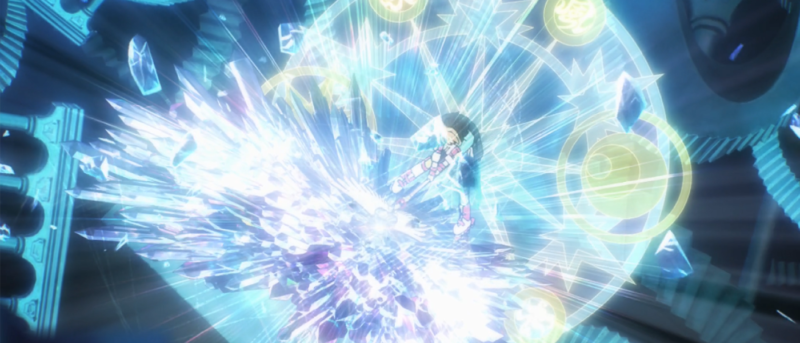
Clear Card bridges the gap between those two appearances. In it, the Sakura cards suddenly turn clear and lose their power. At the same time, new magical entities appear. Using a new wand that comes to her in her dreams, Sakura captures these entities as the new Clear Cards. However, as she does so, she struggles with disturbing dreams and visions of a mysterious figure that wants to take her key. Fortunately, she also makes another new friend in Akiho Shinomoto, a girl who is eerily similar to her. They immediately take to each other. But, where are these Clear Cards coming from? And what is causing Sakura’s visions?
Our Take
This series, animated by Madhouse, is a vast improvement over the original as far as visuals go. While the old series certainly shows its age in the quality of the animation and art, the new season spares no expense at bringing a brilliant experience to the fore. The art is crisp, and Madhouse uses CG in creative ways. The environments in this show are gorgeous.
What I’m amazed by is Sakura’s casting animation. This is the same movements each time, coupled with CG special effects for the magic. Each time, however, she’s wearing a different outfit, and is animated using traditional methods. This means that every time they did this, they had to re-animate her, and keep her movements precisely the same. It’s crazy stuff, but they worked to keep this going. There’s even a scene with a truly impressive fight between Sakura, Meiling, and the Struggle card. The combatants move all over the place, the camera gives us impactful angles, and errors are kept to a minimum.

The problem is this stellar fight scene is the capstone of a filler arc that serves little to no purpose but to expand the season. Oh, sorry, it shows how Sakura’s hair style changed from its old form to the one we see in her future. Everything that Sakura gains here is rather moot for the endgame. Instead, it’s merely another chance to recreate scenarios from the old show, and that brings us to this season’s greatest sin: nostalgia.
Cardcaptor Sakura is an old and venerable show, and one of Clamp’s great successes. Unfortunately, this season spends most of its time with Sakura reminiscing about the previous seasons. Literally, every episode has a connection with the old ones, and it gets old fast. Yes, this does serve a purpose when you get into what is going on, but it didn’t have to be that way. In fact, it feels like the love of the past stands in the way of the plot actually progressing. After twenty-two episodes, the relationship between Sakura and Syaoran doesn’t really change in anything but their own heads until the second to last. The pair of them are simply so awkward with each other, that they’re afraid to do anything,
Once we get past Meiling’s filler arc, however, the story picks up and pushes harder at the truths you might have suspected. At the same time, the aura of menace grows until it comes to a head in the final episode. One episode has a scene that quickly turns from sweet to scary in a heartbeat, and it subtly reveals some interesting things that we haven’t thought about yet. Once things move away from wallowing in the past, it gets real good real fast.
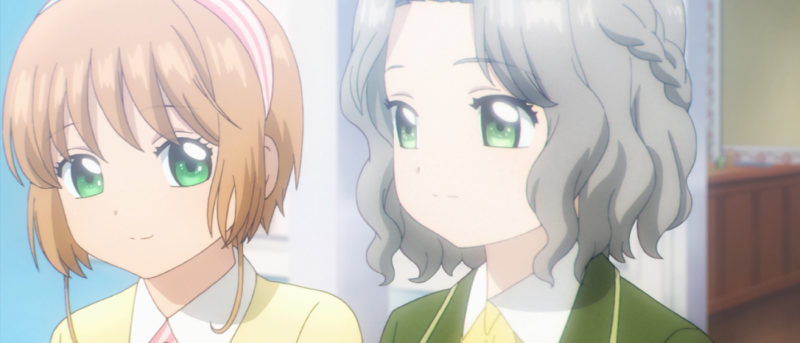
The voice acting is a bit hit-or-miss. The cast is obviously composed of adults, and they’re all playing as children. The girls have a bit of trouble talking “young” at points. They go high-pitched and whisper-y. This can be a bit grating at times, especially with Natalie Hoover’s Tomoyo. However, for most of the series, they work this out, and it doesn’t bug me often. Mostly, only in the first couple episodes.
How To Watch
I feel like this show, though exciting at some points, is calm enough that I actually liked spreading the episodes out and not bingeing it. Have some sweets and other snacks on board, because there’s a lot of cooking in this show. My one piece of advice, for those that choose to binge, is to skip episodes 13-16. This may have you missing out on the best fight scene in the show, but this filler arc serves no real function to the plot. It’ll just slow you down. If you want to take it slow with this show, enjoy your nostalgic filler.
Score
Summary
The average rating for this series' episodes came to just under eight points out of ten, and I think that's about right. There are a couple episodes (such as in the filler arc) where the ratings dipped a bit, and if they weren't there, the show would probably have gotten closer to a nine.

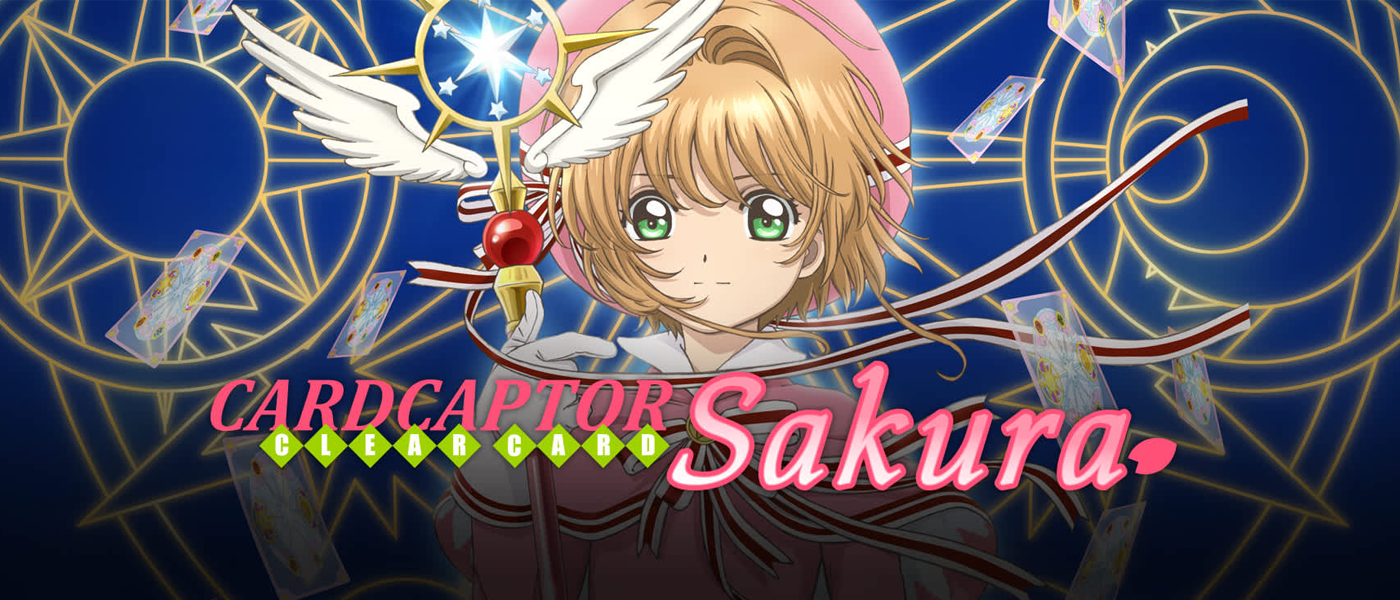
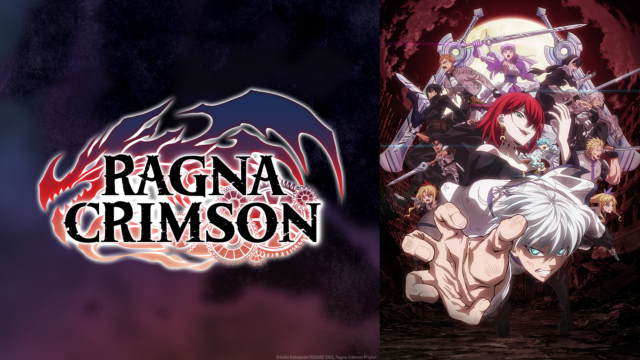


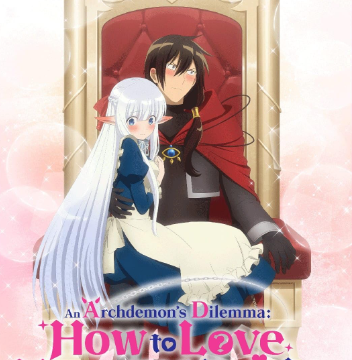





















Hi Ashley, thank you so much for reading and we love the feedback. Note that on that day we had 14th posts go up and only ten posts show on the front page, so it's possible the preview had already been archived by the time you got to it. One recommendation would be to add our RSS feed to your favorite news aggregator service like Feedly, this way you get all of the latest posts!